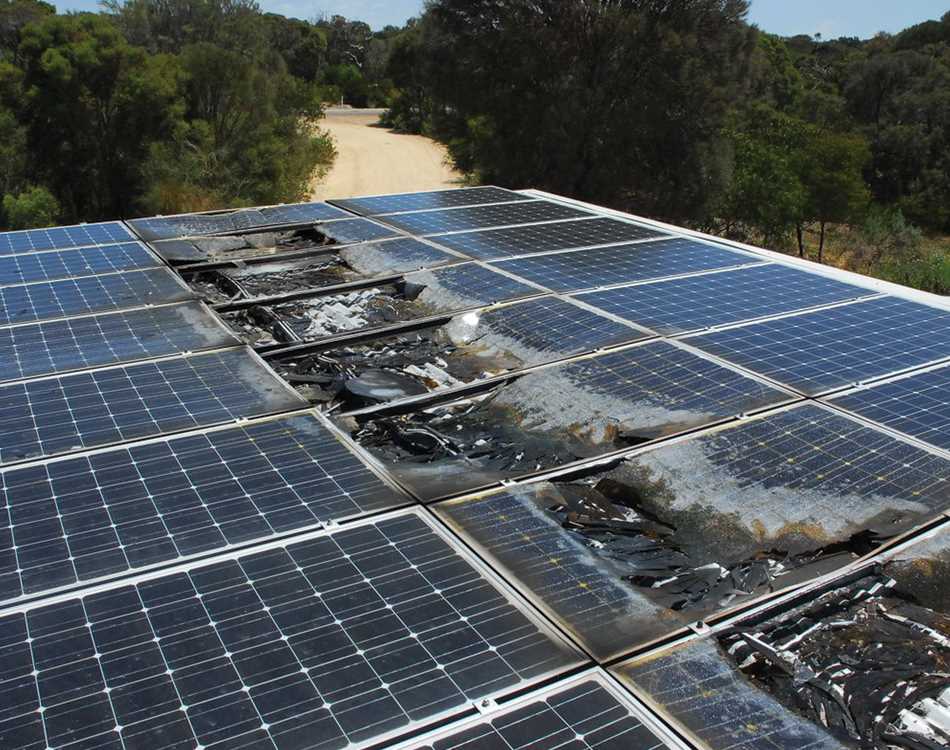Australia’s rooftop solar market is expected to add almost 3 GW of new installations in 2020 but California-based energy technology company Enphase Energy has warned there are increasing risks associated with the enormous uptake.
Enphase’s Comparison of Australian and US Residential Solar Markets report reveals that Australia has had to deal with an increasing number of solar-related fires in recent years with figures provided by the NSW Fire Brigades’ Fire Investigation and Research Unit showing “solar-related fires in that state have increased five-fold over the last five years”.
Enphase points the finger squarely at Standards Australia’s mandated use of DC isolators for PV systems with string inverters.
Intended as a safety mechanism to disable dangerous high-voltage DC between the solar array and inverter, the report warns DC isolators “can easily degrade and malfunction” and have “become a common cause for solar-system fires”.
That declaration is backed by a survey of Australian installers, commissioned by not-for-profit organisation Renew. The survey found that more than 60% of the installers said rooftop DC isolators were the primary cause of solar-related fires.
“In NSW alone, there is a 20% increase in fires related to solar panels since last year, with more than 50% caused by DC isolators. Since they are connected to high-voltage systems, DC isolators also pose an electrocution risk for maintenance or emergency personnel,” the Enphase report says.
In the United States, requirements for solar-system safety have been added into state and municipal electrical, building, and fire codes, as well as permitting and inspection processes. All installers must follow National Electric Code (NEC) guidelines which include strict requirements on rapid shutdown capability which automatically lowers voltage and de-energises solar modules in the event of an outage or fire.
Enphase said Australia is the only country that requires DC isolators to be installed but said the regulation is currently under reconsideration with several brands of DC isolators having already been recalled due to fire safety concerns.
“While Australia’s regulations may lag behind its global counterparts, state and federal authorities are actively working to address this issue,” the report says.
The Clean Energy Council (CEC) is among those advocating for a rule change. With a CER report identifying that water ingress in DC isolators is the biggest safety risk associated with rooftop PV, the CEC has said including the DC isolator inside the inverter, rather than as a separate switch near the inverter, is the best solution.
This content is protected by copyright and may not be reused. If you want to cooperate with us and would like to reuse some of our content, please contact: editors@pv-magazine.com.









2 comments
By submitting this form you agree to pv magazine using your data for the purposes of publishing your comment.
Your personal data will only be disclosed or otherwise transmitted to third parties for the purposes of spam filtering or if this is necessary for technical maintenance of the website. Any other transfer to third parties will not take place unless this is justified on the basis of applicable data protection regulations or if pv magazine is legally obliged to do so.
You may revoke this consent at any time with effect for the future, in which case your personal data will be deleted immediately. Otherwise, your data will be deleted if pv magazine has processed your request or the purpose of data storage is fulfilled.
Further information on data privacy can be found in our Data Protection Policy.